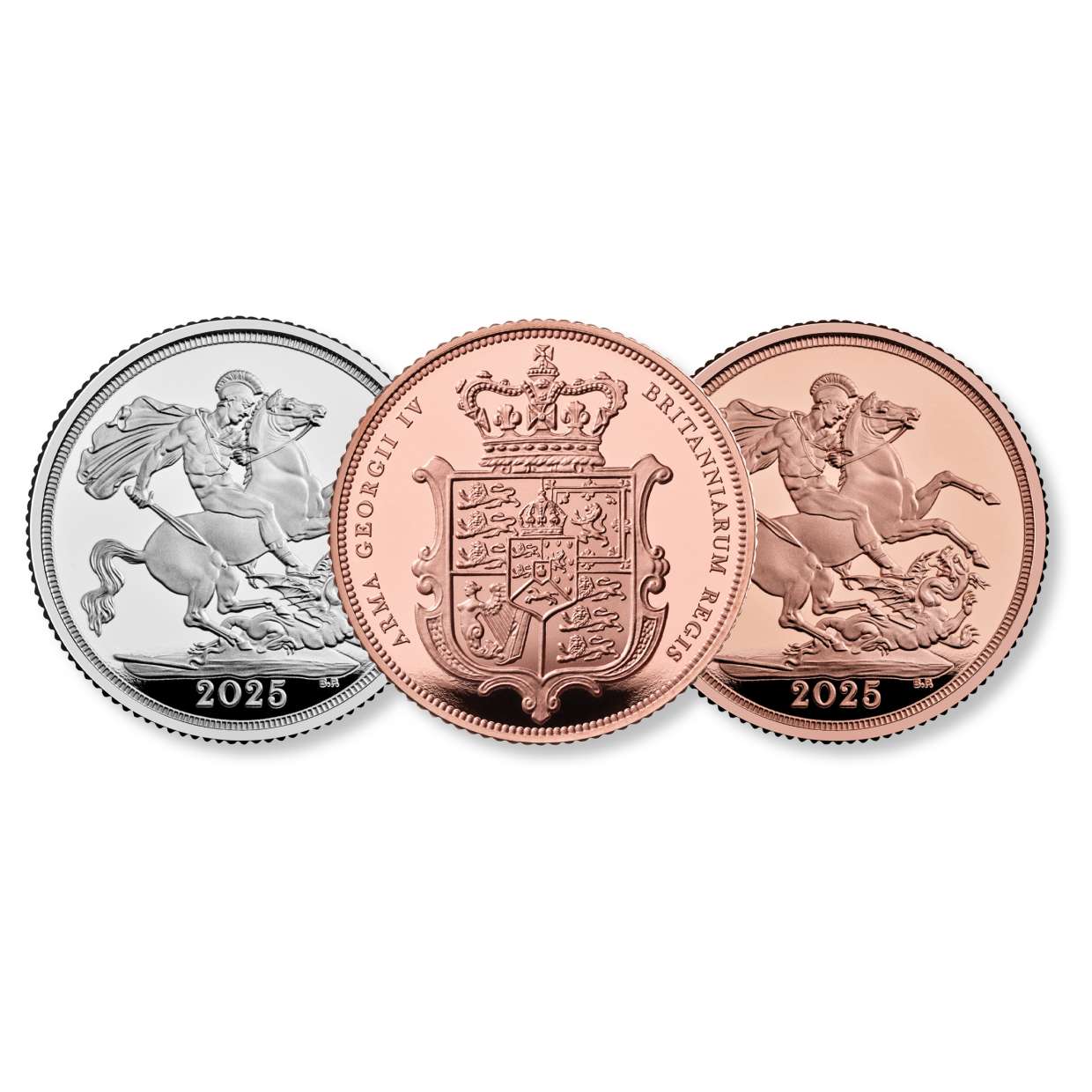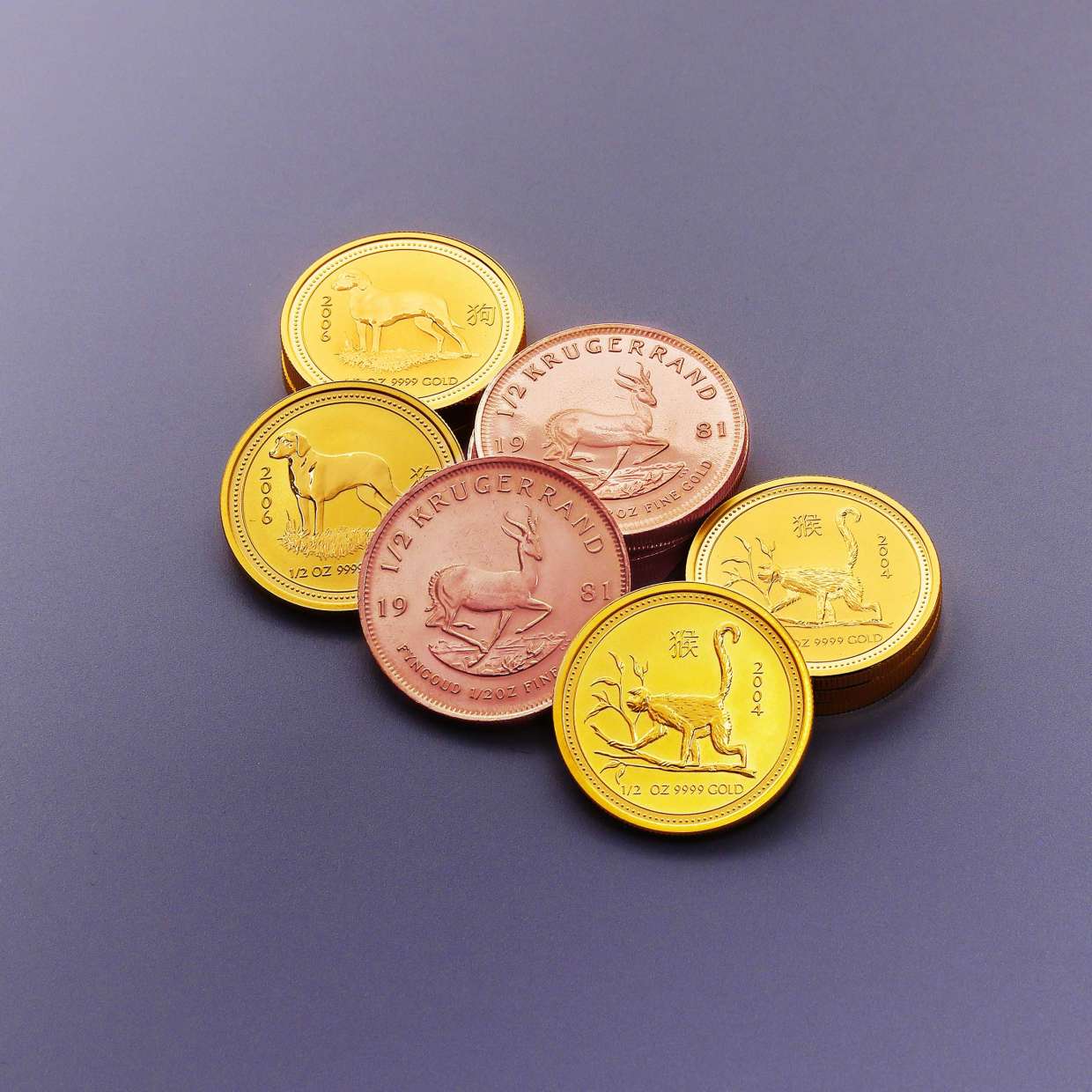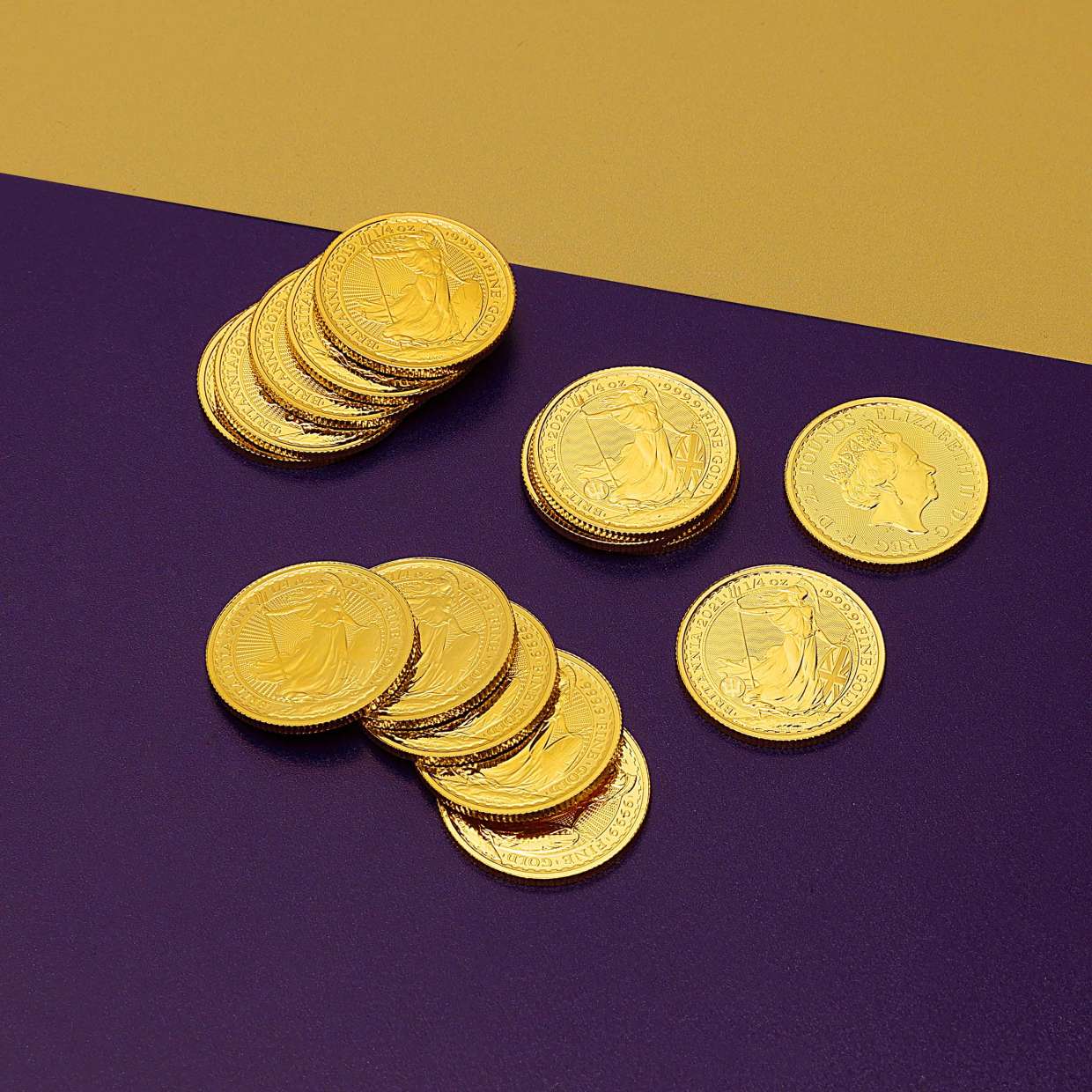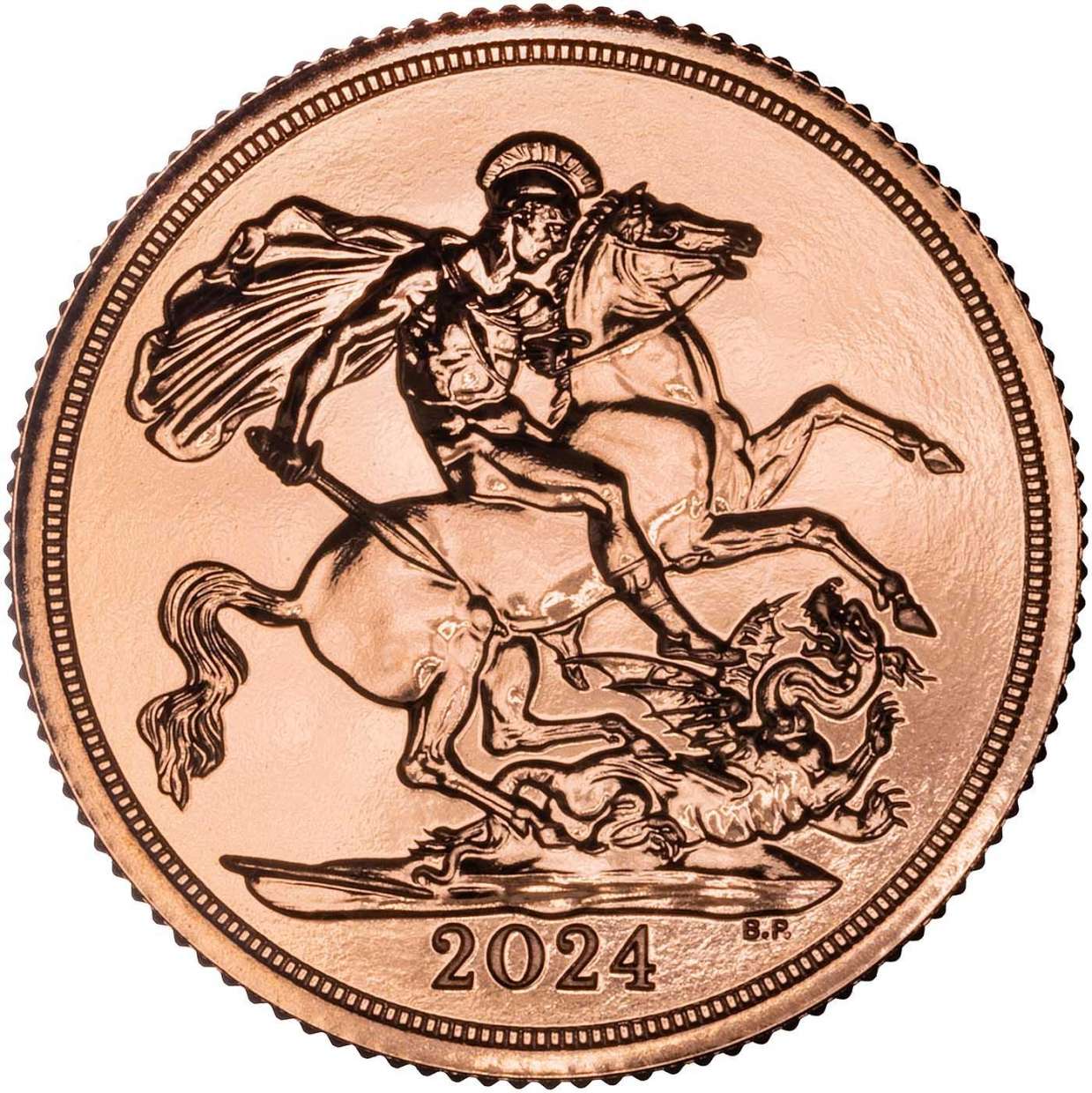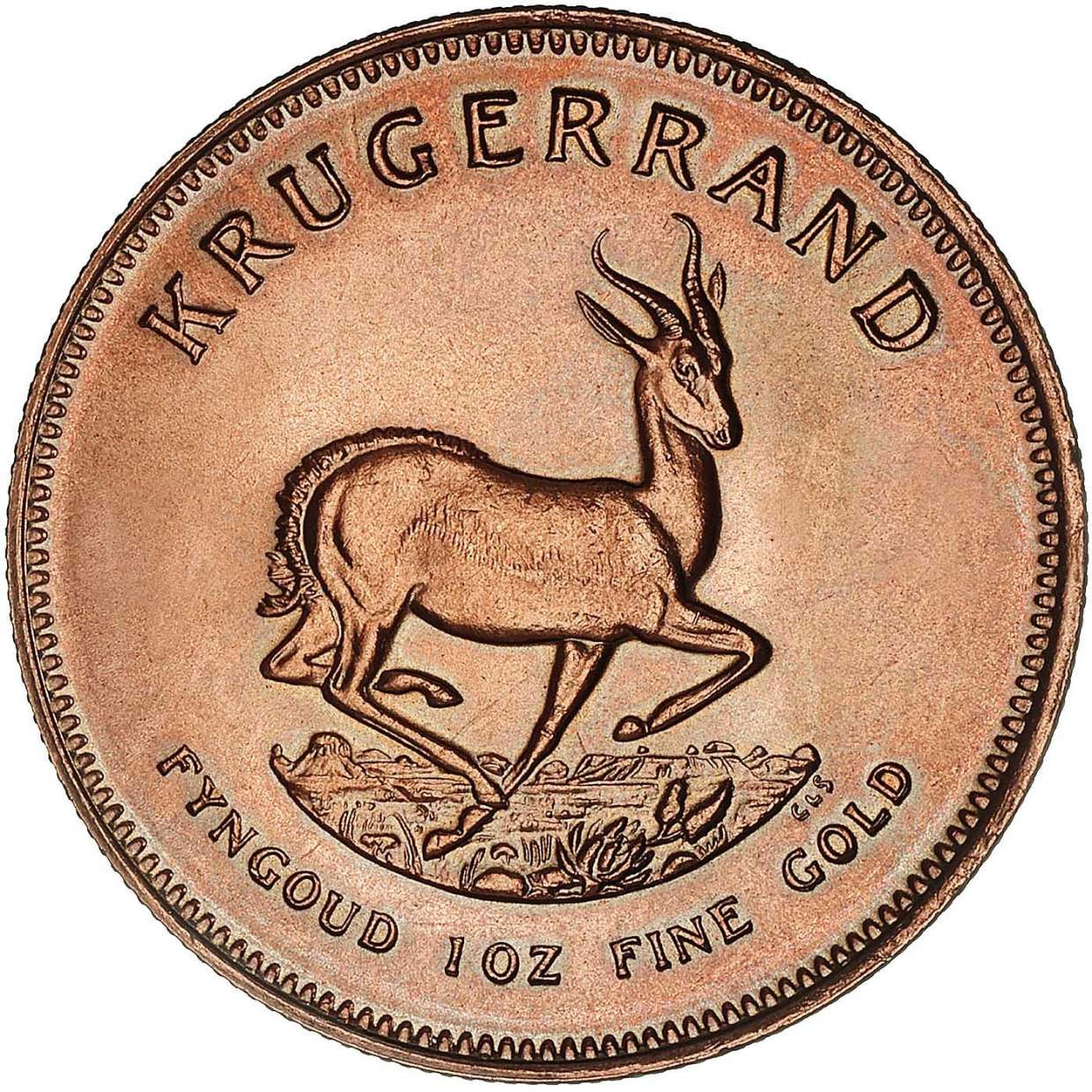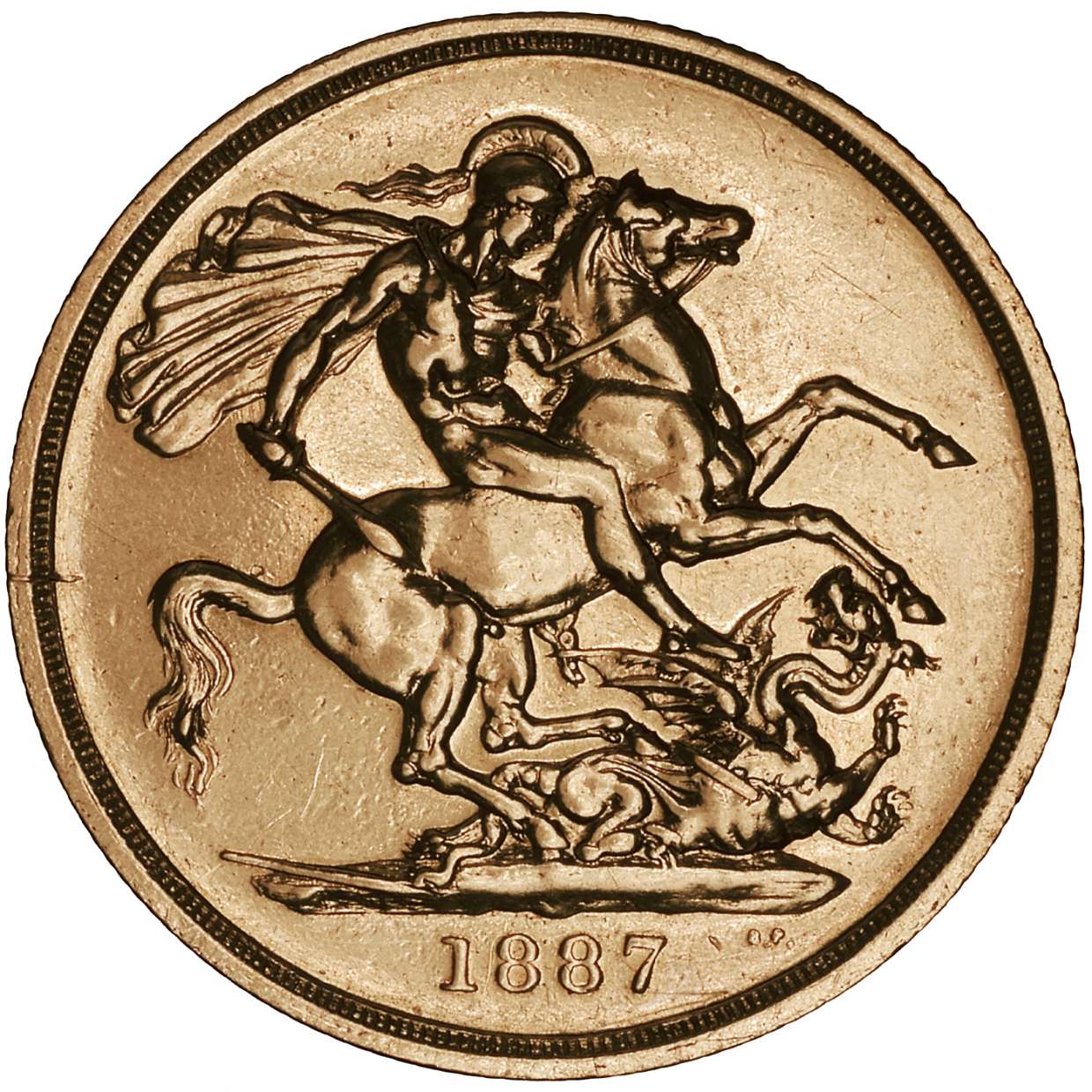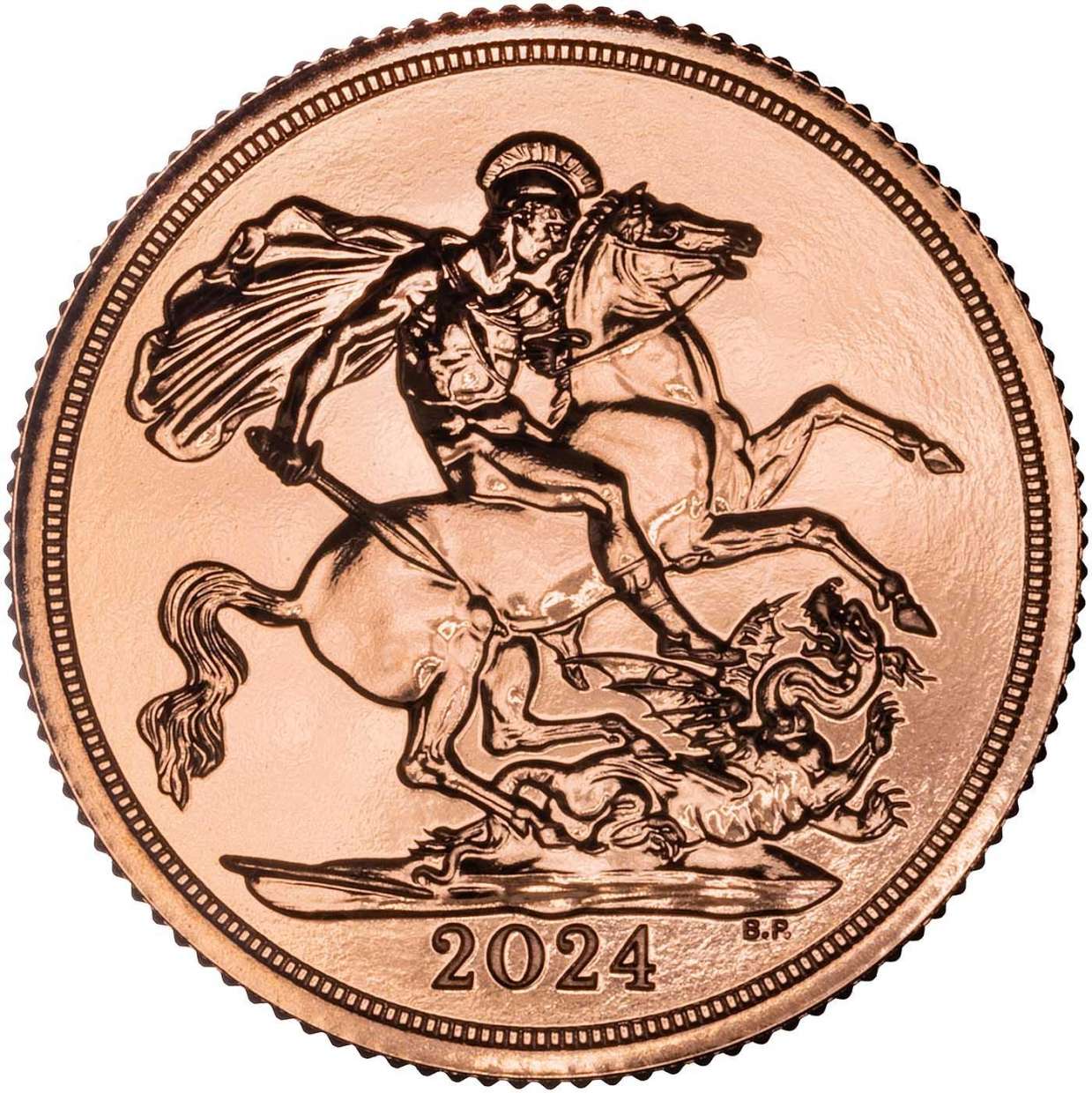Gold Prices Hits Record All-Time Highs In GBP & USD
Synopsis
Are you curious about the recent surge in gold prices? Discover the reasons behind the record-breaking all-time high, including interest rate increases, concerns over the US banking crisis, and historical significance. Explore the implications for the global economy and learn about United States debt-ceiling issue. Don't miss out on this exciting read!

Key Takeaways
- The recent surge in gold prices is being driven by a combination of factors; including interest rate increases, concerns over the US banking crisis and debt-ceiling standoff, and global stock market decline.
- Gold is considered a reliable investment option by investors during times of economic uncertainty.
- Historical data reveals that gold price spikes are often witnessed during economic turbulence.
Understanding the Surge in Gold Prices
The recent surge in the price of gold has become a topic of much discussion among traders and economists. The precious metal recently hit a new all-time high of around £1,659.59 ($2081.82), sparking interest in the global financial community. This article seeks to explore the various factors that have contributed to the current spike in gold prices and its impact on the global economy.
Factors Driving the Surge in Gold Prices
One of the primary factors contributing to the current surge in gold prices is the US Federal Reserve's decision to increase interest rates. The Federal Reserve raised its interest rates by 0.25 points to a 17-year high above 5.0% per annum. Despite the low unemployment rate and elevated inflation, the Federal Reserve has announced that it will take a data-dependent approach in determining the extent to which additional policy firming may be appropriate. This has led some traders to bet that the Federal Reserve will pause at its new ceiling of 5.25% and then start cutting interest rates, thereby cutting the CME futures market's consensus forecast for end-2023 rates.
Another contributing factor to the surge in gold prices is the European Central Bank's increase in interest rates. Although the increase in interest rates was the smallest since the cycle began last July, the European Central Bank raised rates by only 0.25 points, saying that inflation across the 19-nation currency zone – estimated at 7.0% per year for April – "continues to be too high for too long." The return paid to deposits was taken up to 3.25%, the highest since the global financial crisis of 2008.

Concerns over the US banking crisis and debt-ceiling standoff have also contributed to the surge in gold prices. Worldwide equities markets have dropped to their lowest levels in five weeks, with US banking stocks leading the decline. The suspension of trading for regional lender PacWest (Nasdaq: PACW) occurred after its value decreased by fifty percent for a second consecutive day, due to fresh concerns regarding its depositor-base and lending book, similar to SVB. If the US fails to increase its debt ceiling before reaching the current limit of £31.4 trillion, which is expected to happen at the beginning of June, the country could experience a debt default, resulting in White House economists estimating that an additional eight million Americans would lose their jobs.
Impact on Gold Demand and Market Behaviour in India and China
The impact of the surge in gold prices can be seen in the gold demand and market behaviour in India and China. India's household gold demand has sunk, driving local dealers to offer discounts as deep as £44 per ounce to import prices today, according to Reuters. Shanghai premiums over London quotes also fell Thursday as the gold price spiked following the Fed's decision, dropping to £1.81 per ounce – the lowest in two weeks and less than one-third the typical incentive for new imports of bullion into China, the metal's number one consumer nation.
Moreover, the surge in gold prices has led to a shift in investor behaviour, with more traders turning to gold as a safe haven asset. This has led to increased demand for gold and has, in turn, contributed to the surge in gold prices. The surge in gold prices has also attracted attention from speculators, leading to increased trading activity and volatility in the gold market.

Debt Ceiling In United States
The debt-ceiling issue in the US has been a topic of concern for many, and there are potential solutions that can be explored. President Joe Biden is scheduled to hold in-person discussions on May 9th, 2023. This meeting will include crucial congressional leaders regarding the debt ceiling, while some advisors and politicians from both Democrat and Republican parties urge him to utilise the 14th Amendment's clause to raise the debt ceiling by executive order. Economist and New York Times writer, Paul Krugman, has once again proposed the "solution" of minting a trillion-dollar platinum coin, along with a novel "end run" strategy that involves the issuance of premium bonds by Washington to continue borrowing without surpassing the official debt limit. These solutions are not without their critics, but they provide alternative solutions to the debt-ceiling issue and could potentially alleviate the impact of the debt-ceiling standoff on the US economy and job market. The surge in gold prices has implications for the global economy, particularly in the gold trade and import-export markets.

Related Articles
This guide and its content is copyright of Chard (1964) Ltd - © Chard (1964) Ltd 2025. All rights reserved. Any redistribution or reproduction of part or all of the contents in any form is prohibited.
We are not financial advisers and we would always recommend that you consult with one prior to making any investment decision.
You can read more about copyright or our advice disclaimer on these links.









